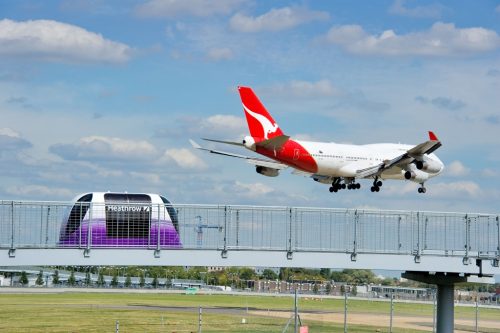
James Day speaks with Simon Tong, Head of CAV Research and Deployment at TRL, along with Heathrow Airport, to discover more about the journey of autonomous pods through the Greenwich GATEway project
One of the most high-profile autonomous vehicle projects in the UK is Greenwich GATEway. The project is currently gearing up for the first UK trial of the pods on roads where they will share space with other road users, whether that be pedestrians, cyclists or vehicles.
Ahead of the latest stage of the trial, which is expected to begin this month, I was able to speak with the team at Heathrow, who first introduced vehicles of this nature at the airport’s Terminal 5 back in 2011, along with Simon Tong, Head of CAV Research and Deployment at the Transport Research Laboratory (TRL), who is heavily involved in the project, to find out more about how the technology has been progressing.[…]
By subscribing you will benefit from:
- Operator & Supplier Profiles
- Face-to-Face Interviews
- Lastest News
- Test Drives and Reviews
- Legal Updates
- Route Focus
- Industry Insider Opinions
- Passenger Perspective
- Vehicle Launches
- and much more!


